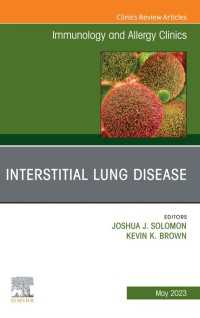Description
Teaching for Linguistic Diversity in Schools: Student Wellbeing and Achievement explores the linguistic landscape of Australia, including English, Indigenous languages, community languages and school-taught modern languages, to help teachers recognise the extent of children's language knowledge and to reflect on its implications for the classroom. The book explores the significant links between languages, wellbeing and academic achievement in students and offers readers practical suggestions for how to utilise linguistic diversity as an educational resource. The authors' conversational writing style engages both pre-service and practising teachers, helping them understand concepts they may not have previously encountered, while the case studies and stories from practising educators, students and parents bridge the gap between theory and practice. Each chapter includes reflection questions, creative activities and discussion questions to scaffold learning. The integrated online resources contain links to useful websites, further readings and videos to encourage independent exploration.
Table of Contents
Part I. Why Does Linguistic Diversity Matter?: 1. The multilingual world of you and your students; 2. Why harnessing linguistic diversity matters to student wellbeing and achievement: Part II. Who Speaks What?: 3. Aboriginal and Torres Strait Islander students, families, communities, and languages Susan Poetsch, Denise Angelo and Rhonda Anjilkurri Radley; 4. Immigrant community languages and additional languages; 5. Supporting English language achievement for all learners; Part III. Teaching in the Linguistically Diverse Classroom: 6. Teaching in the linguistically diverse classroom: Mathematics, The Arts and English; 7. Teaching in the linguistically diverse classroom: Humanities and Social Sciences (HASS), Health and Physical Education, Science, Technologies and Languages; Part IV. Beyond the Classroom and into the Future: 8. Building a linguistically diverse school culture; 9. The future is linguistically diverse; 10. It's just the beginning.
-

- 電子書籍
- 処刑大隊は死なせない2 ~帝国が崩壊し…
-

- 洋書電子書籍
- Interstitial Lung D…
-

- 電子書籍
- きみを変える50の名言 2期 大谷翔平…
-

- 電子書籍
- 真の仲間じゃないと勇者のパーティーを追…
-

- 電子書籍
- 今日の早川さん



